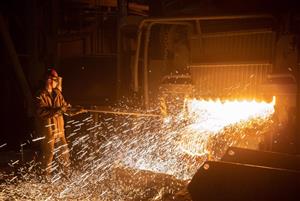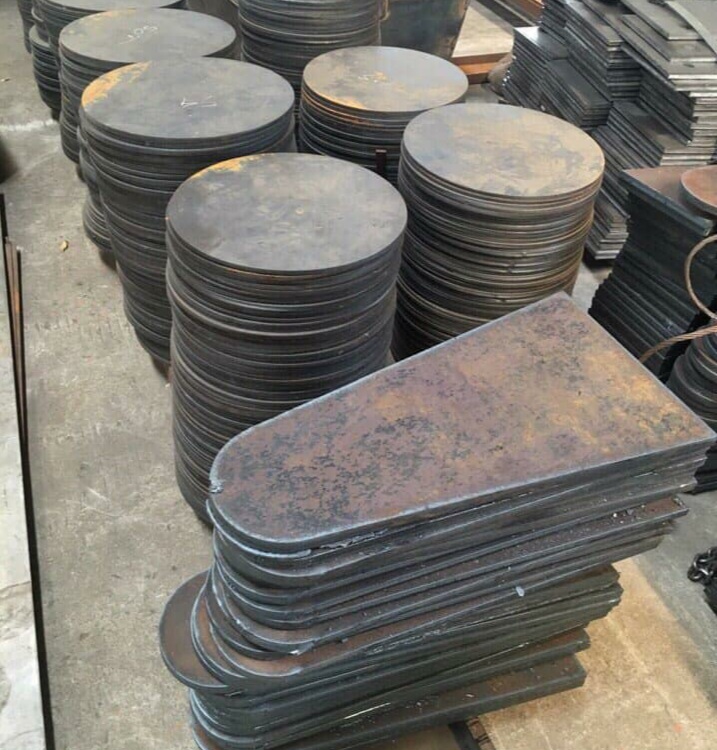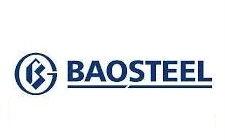According to mining-technology.com, mining companies in Australia are bearing the brunt of the decline in global nickel prices, reflected in the closure of nickel mines, experts say. Output is forecast to decrease and governments are having to intervene. How bad have things gotten and can Australia's nickel mining industry recover?
The global nickel market has been volatile for many years now. The “price rollercoaster” of 2022 saw the metal's price spike, plummet, then spike again within eight months. This instability led the London Metal Exchange (LME) to completely suspend nickel trading in March 2022, when global prices initially increased by more than 250% in a day, and the LME subsequently forced begin closely monitoring nickel to ensure fair trading practices and prevent market distortions.
More recently, the nickel market has experienced an unprecedented sustained price slump that has put businesses around the world - and especially in Australia - at risk. A significant oversupply of cheap, low-quality nickel pig iron (NPI), coming almost entirely from China and Indonesia, is the main cause of the price decline. These two countries together produce about 70% of the world's nickel. Indonesia alone accounts for about half of global nickel production by 2023 and is expected to significantly increase production by the end of the decade.
The global oversupply and subsequent drop in prices has led miners to reduce output at nickel mines, withdrawing or completely suspending nickel production when these operations cease. bring profit. So how can Australian miners, hardest hit by the nickel crisis, bounce back, even as they begin to close their operations?
The situation in Australia: closures and cuts
The price increase in 2022 is largely due to producers' concerns that international trade will be affected by sanctions against Russia - a major metals producer - after it conduct a military operation in Ukraine in February 2022.
Since then, the global situation has become so dire that in February 2024, China and Indonesia both said they would cut nickel output in an effort to limit the damage from falling prices – which they also did. feel. The two countries have so far cut more than 230,000 tons of nickel from the market, equivalent to about 6% of global supply, but this has not been enough to push prices up significantly.
At its lowest point, the price of this metal fell below 16,000 USD/ton, an unprecedented decrease in 2 years, while the price had peaked in March 2022. At that time, the price of this metal quickly reached more than 100,000 USD/ton and then stabilized at nearly 50,000 USD/ton.
Nickel producers operating mining operations in Australia are now feeling the brunt of this decline. In January 2024, Canada-based miner First Quantum announced plans to cut production and workforce at its Raventhorpe nickel mine in Australia after posting an operating loss of $66 million during the first three quarters of 2023. The company said the "significant" decline in nickel prices was due to the above reasons.
In February 2024, mining giant BHP (Australia) announced plans to close the Nickel West mining facility in Western Australia state, citing that they do not believe prices will recover in the near future. short and medium term to recover profits. In a statement at the time, the company said the nickel industry was "facing challenges" and that falling prices combined with rising capital costs for its Australian operations had left it unable to maintain business operations. BHP chief executive Mike Henry said this was “an uncertain time for the Western Australian nickel industry”.
More recently, in March 2024, BHP reduced the number of contractors at the West Musgrave copper and nickel mining project also in Western Australia. Some sources have suggested that the number of job cuts at the Nickel West and West Musgrave projects could run into the thousands, although BHP has not yet confirmed this. In a notice to shareholders in March 2024, the company's outgoing Chief Financial Officer, David Lamont, said that the decision to review business operations was necessary because losses due to falling prices had At a high level.
“To put it in perspective, 30% of the Australian nickel market is out of business and another 30% is under pressure,” he said.
Some miners have lowered their nickel output targets as they have shut down operations. Analysts have also reduced their forecasts for the metal due to poor market conditions. GlobalData, the parent company of MINE Australia, recently reduced its medium-term nickel price forecast for 2023-2023 by 1–3%. For 2024, they forecast global nickel production to reach 3,563.02 kilotons (kt), down from 3,665.25 kt in the previous forecast.
The recovery: What are the current support measures?
In an effort to maintain the operations of the domestic nickel industry, the Australian Federal Government officially added nickel to the list of critical minerals in February 2024, opening up new support opportunities for the company tapped from the AUD6 billion ($3.9 billion) stimulus package.
Australian Resources Minister Madeleine King said at the time that the government needed to proactively support nickel producers, warning that nickel production in the country was now at risk. She added: “International nickel prices are forecast to stay relatively low in 2024 and possibly for several more years until the nickel glut in the market is overcome.”
Mining facilities for metals on the Australian Government's critical minerals list have access to financial resources worth AUD 4 billion through the Critical Minerals Facility as well as as well as other important mineral-related grants such as the government's International Partnership Program.
Producers are also making moves to push up prices for high-grade nickel ore. In March 2024, Western miners called for a green premium for high-quality, sustainably produced nickel traded on the LME, hoping to differentiate their ores from NPI of Indonesia and China. The Australian Resources Minister also supported the call for a green premium as a way to level the playing field with Indonesia.
However, the call may not be accepted, which could cause short-term problems for global companies as for the first time a Chinese nickel producer in Indonesia, PT CNGR Ding Xing New Energy, has applied to list its supply as “good brand standard” – meaning high quality and sustainable – on the LME.
The LME's willingness to approve the application as part of its plan to revive the nickel market has only raised concerns among Western producers. They worry that, if the listing goes ahead, Indonesia's supply of cheap nickel will wipe out rivals within the next few years and could eventually account for more than three-quarters of the world's high-quality nickel.
Indonesia, the country with the world's largest nickel reserves, is facing environmental and social challenges stemming from the mining industry. A BHP spokesperson recently said that in Indonesia there are “increasingly widespread challenges around ESG [environmental, social and governance] and existing responsible sourcing”.
Indeed, last year, Indonesian President Joko Widodo pledged his government would “clean up” his country's nickel industry and increase oversight of mining activities as concerns grew about environmental damage. and society from this industry is increasing. In a statement last March, President Widodo said: “Sustainability is measured in two aspects: how long the reserves last and how well the mines operate. ESG cannot be bargained for if we want to move forward.”
Recovery scenario for Australian nickel miners
GlobalData analyst Thomas Pothalingam said that Indonesia's reduction in production of this metal could cause problems not only for Western manufacturers but also for battery makers. “For the battery industry, Indonesia's ban on exports of key minerals to encourage domestic downstream industry has put additional pressure on nickel resources,” he said. Producers based outside Indonesia may find it difficult to obtain sufficient nickel supplies.”
Mr. Thomas said that some of the largest battery companies – such as BASF, CATL, LG Energy Solution, Posco, Tsingshan and Zhejiang Huayou Cobalt – ended up moving their factories and facilities to Indonesia, and this “could help consolidate” the long-term development of the country's position as a major supplier in the global nickel sector, capable of displacing other suppliers.
However, despite gloomy forecasts from some producers and analysts, prices for the metal have recovered slightly from lows recorded earlier this year. The benchmark price of nickel on the LME rose slightly last month to more than $18,000 a ton as traders increased buying, although forecasts remained mixed. The possibility of further production cuts from Indonesia, Australia and New Caledonia could push prices even higher.
Demand for energy transition technology continues to grow in the coming years, especially for electric vehicles where batteries contain nickel as a key component, which is also likely to boost sales of the metal and support long-term price recovery.
Investment activities in this field are still taking place in some countries. In February 2024, Canadian Nickel announced plans to build a $1 billion nickel processing facility in Canada's Timmins Nickel District. The plant is expected to become the largest in North America, with an expected annual production capacity of more than 80,000 tons of metal, raising hopes that the market will stabilize.
However, this may not happen for some time. BHP boss Mike Henry commented in February 2024 that the increase in cheap supply from Indonesia had "surprised everyone". He said it “happened faster and at lower cost than market participants expected”, which perhaps explains why the fallout – from mine closures to intervention of the government - is so widespread.
According to BHP's boss, the price crisis will last "for a while", possibly until the end of this decade. However, he said that eventually, the market will “return to equilibrium and things will become more positive again for nickel.”
Vietnambiz
 English
English  Vietnamese
Vietnamese
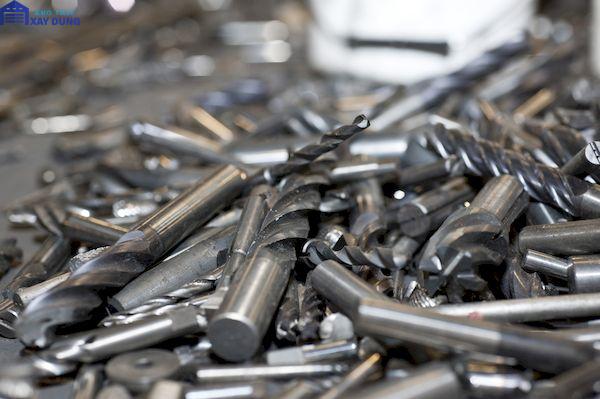
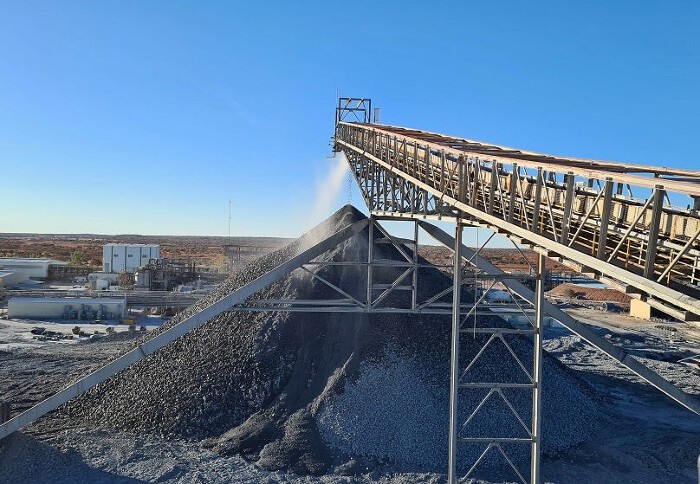


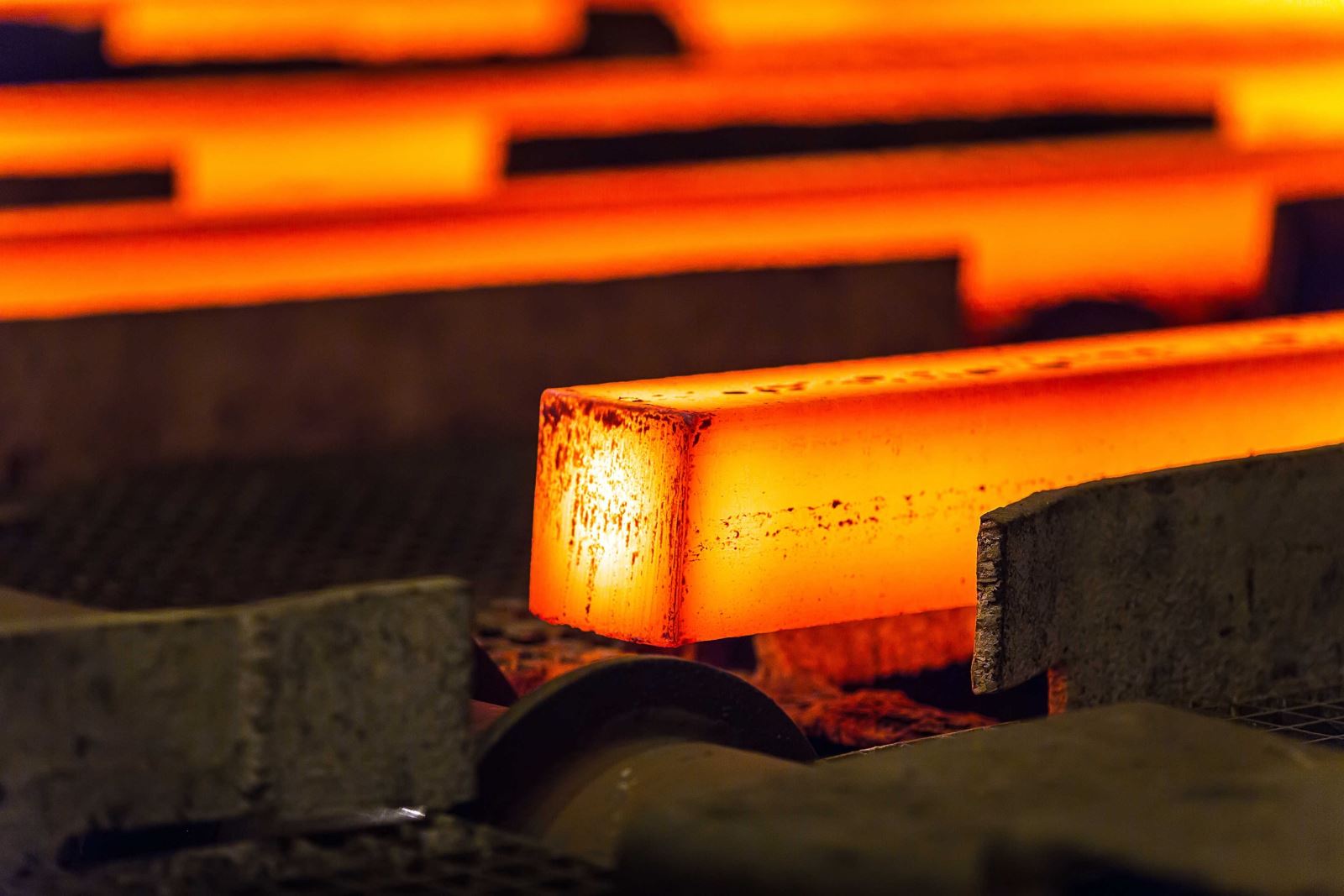
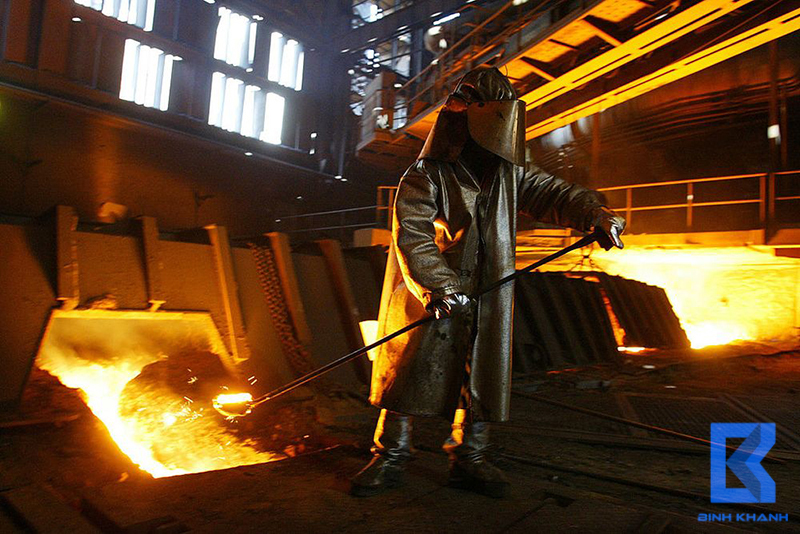



w300.jpg)
